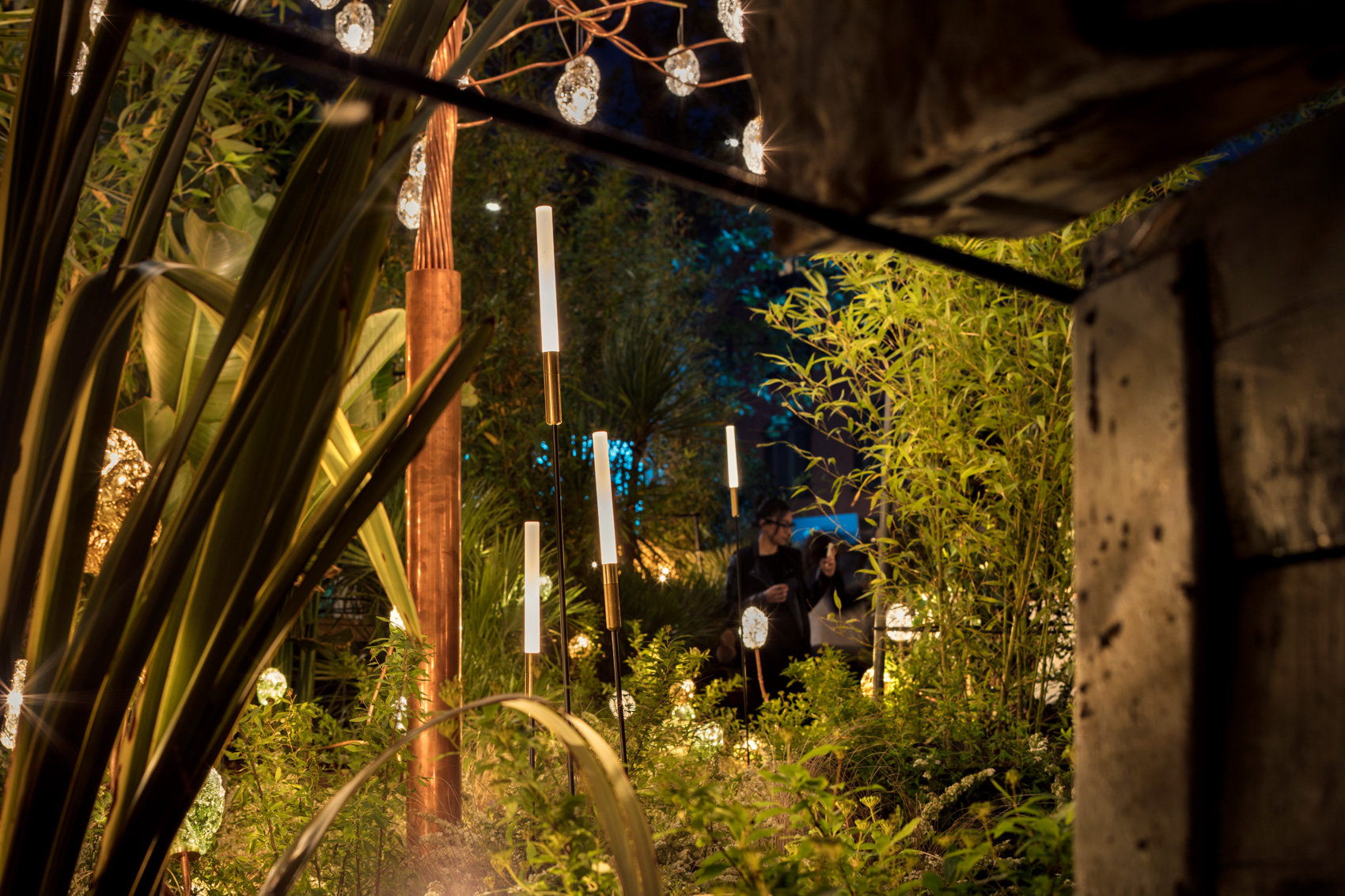LED stands for "Light Emitting Diode." LED lights are a type of lighting know-how that uses semiconductor units to produce mild. Unlike conventional incandescent bulbs, which depend on heating a filament to produce light, LEDs operate by passing an electrical current by way of a semiconductor materials, causing it to emit gentle. Here are some key traits and features of LED lights:
Energy Efficiency: LEDs are highly energy-efficient, changing a good portion of electrical vitality into mild. They eat much less electricity than traditional incandescent and fluorescent lights, resulting in lower vitality payments.
Longevity: LED lights have an exceptionally long lifespan. More helpful hints can last as long as 25,000 to 50,000 hours or extra, relying on the quality and utilization. This longevity reduces the need for frequent replacements.
Instant Lighting: LEDs provide immediate illumination when turned on, with no warm-up time required. They reach full brightness immediately, making them suitable for purposes the place immediate lighting is needed.
Cool Operation: LEDs emit little or no heat compared to incandescent and halogen bulbs. This makes them safer to touch and reduces the danger of burns or fireplace hazards.
Durability: LEDs are solid-state lighting devices, which implies they're highly immune to shock, vibrations, and exterior impacts. They are much less fragile than traditional bulbs.
Directional Lighting: LEDs emit light in a specific course, making them highly environment friendly for centered lighting purposes. This characteristic reduces gentle wastage and permits for precise illumination.
Color Temperature Options: LEDs are available in varied shade temperatures, from heat white (providing a comfortable, yellowish light) to chill white (offering a brilliant, bluish-white light). This versatility permits customers to select lighting that fits their preferences and needs.
Dimmability: Many LED fixtures and bulbs are dimmable, allowing customers to regulate the brightness to create the specified ambiance and save extra vitality when full brightness just isn't needed.
Color Rendering Index (CRI): LEDs can obtain excessive CRI values, which implies they accurately render colours in comparability to pure daylight. This is necessary for applications where colour accuracy is essential, corresponding to in artwork galleries and retail settings.
Low UV Emissions: LEDs emit minimal ultraviolet (UV) and infrared (IR) radiation, reducing the chance of harm to delicate supplies and art work.
Environmental Benefits: LED lighting contributes to power conservation and reduced greenhouse fuel emissions due to its low vitality consumption and lengthy lifespan. It also incorporates no hazardous materials like mercury, which is found in another kinds of lighting.

Instantaneous Control: LEDs can be turned on and off regularly with out affecting their lifespan or performance. This makes them ideal for applications the place rapid switching is required.
Smart Lighting Integration: Many LED lighting systems can be built-in into smart house or building automation techniques. This allows for remote management, scheduling, and customization of lighting to fulfill specific wants and preferences.
LED lights are extensively used in a broad vary of functions, together with residential lighting, business lighting, automotive lighting, road lighting, shows, and more. Their energy effectivity, durability, and versatility have made them a preferred alternative for both common and specialized lighting wants..
